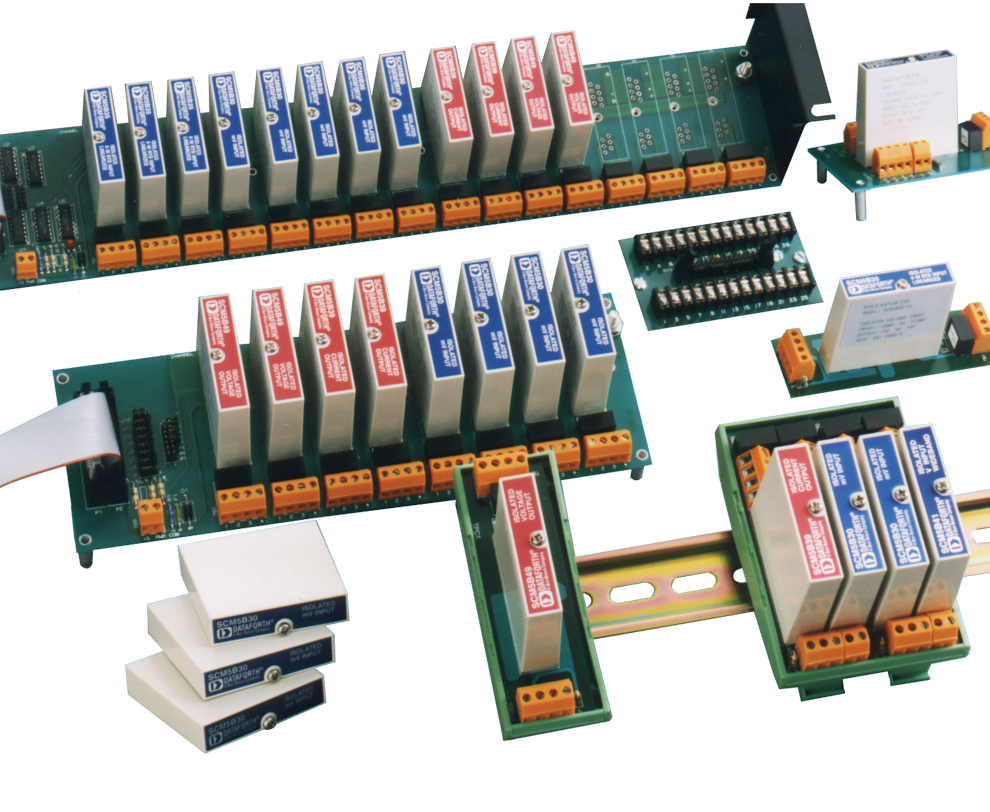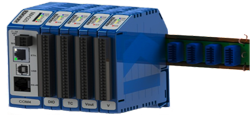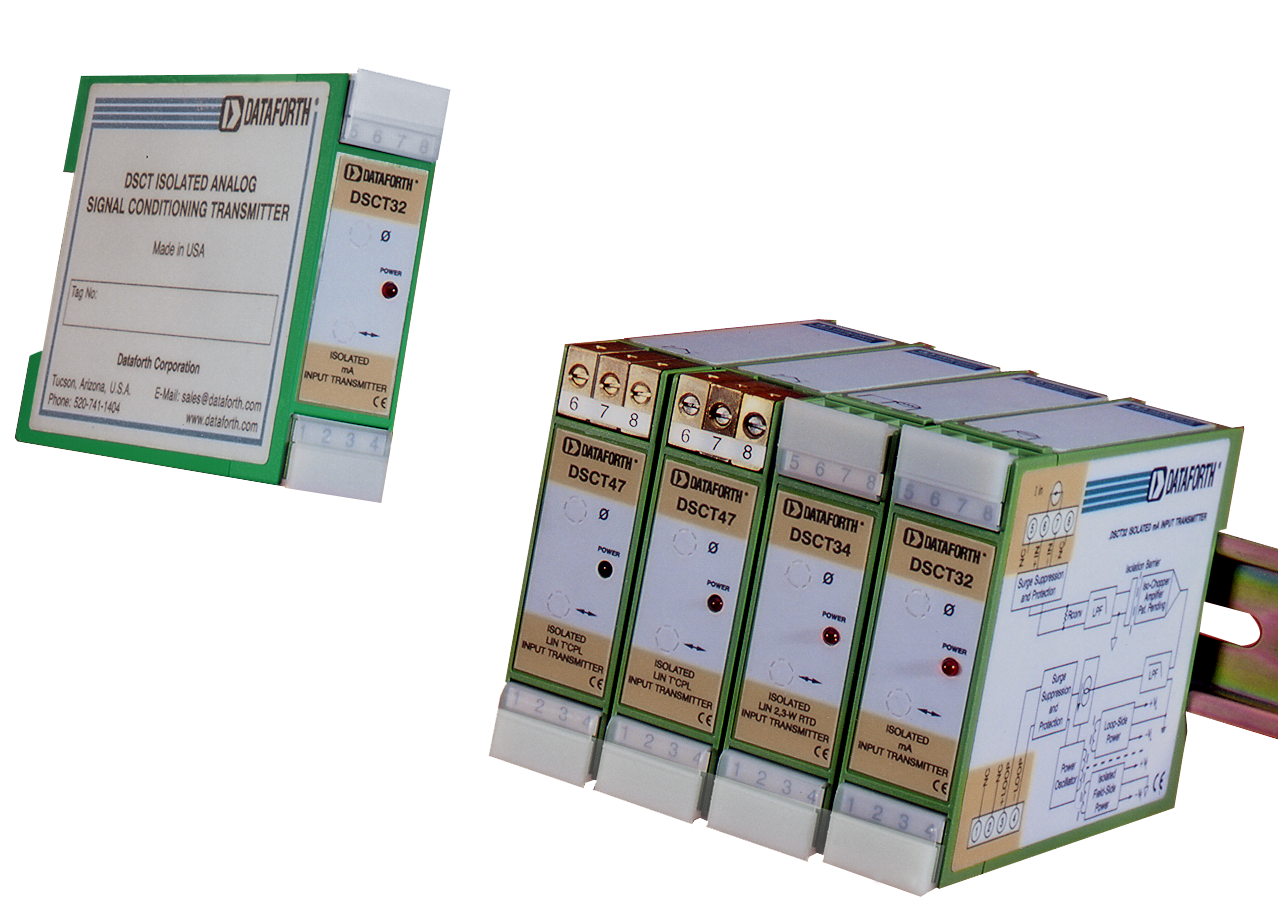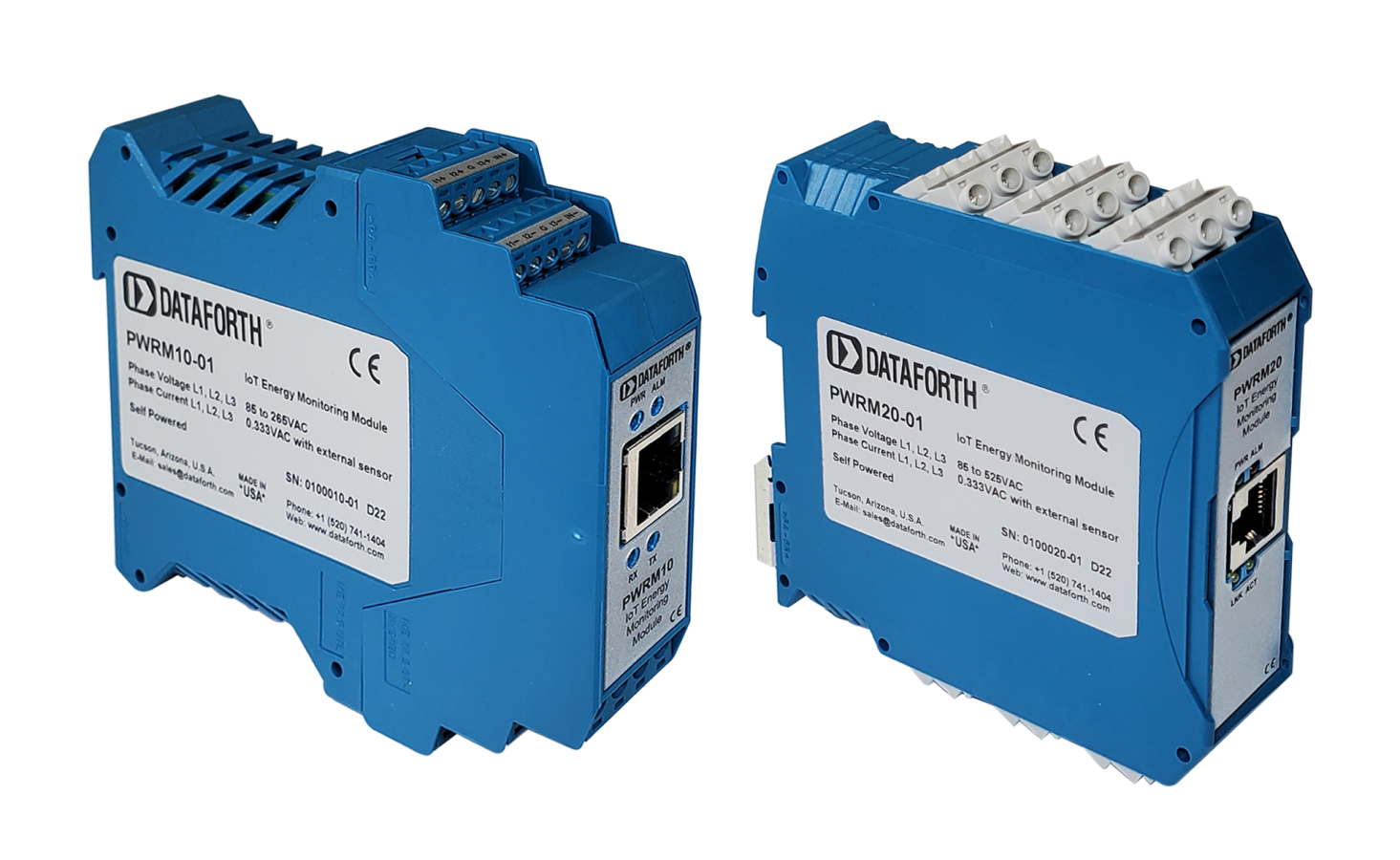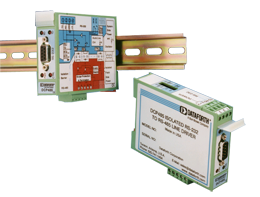an104: 4-20 mA Transmitters
Application Note
Preamble
Over the years the 4-20 mA transmitter has become an accepted standard technique for transmitting information between field I/O and the control area. New network type transmission schemes are trying to become the standard. Meanwhile there are thousands of I/O points and associated control components that will continue to use the analog current loop method for transmitting data.Figure 1 illustrates four basic steps inherent in a process control system. First, data is extracted from the process, followed next by analytical examination and interpretation. Once data is properly interpreted, the next step is a decision on the appropriate action. Lastly, the necessary action must be implemented. The distribution of these steps depend on process layout and the control philosophy adopted.

Most all process control systems are distributed throughout a plant site and information flow may be over long distances. Transmitting data over considerable distances often causes major problems in distributed process control systems.
Transmitting data reliably has prompted many different communication schemes and associated products, some of which employ smart electronics in the I/O sensors and control elements.
Long before the electronic age, process control was dominated by pneumatics. Ratio controllers, PID controllers, actuators, and recorders were all pneumatic. The standard was a 3 to 15 psi pneumatic signal, where 3 psi was the live zero. As computer process control began to evolve in the early 1950s, the signal transmission technique shifted from 3-15 psi to 4-20 mA signals., where 4 mA was the live zero. A real dead zero has always been an alarm condition.
The 4-20 mA Transmitter
A simplified current loop is schematically shown in Figure 2. An ideal Norton current source composed of Isignal, and Rsignal models the 4-20 mA transmitter. The line resistance is shown as Rline, and Vnoise represents random induced loop noise. In this example, a 500-ohm controller and a 250-ohm digital display are connected in series with the signal current. The loop is powered by a 24 volt dc supply.
Several advantages of this type current loop are as follows;
- Signal voltage at any load is (Isignal * Rload), which is independent of supply voltage variations and line resistance (Rline).
- Random induced loop noise voltage at any load is;
- Vnoise * (Rload)/( Sum all Rloads + Rline +Rsignal)
- Note that loop noise at a load is reduced by the factor; (Rload)/( Sum all Rloads + Rline +Rsignal). n this example, a 10 volt induced loop noise voltage appears at the controller input as a 0.5 mV error. The controller is a 10 volt FS device (20mA * 500Ω =10) and 0.5 mV represents an error of 0.005 %.
- Supply voltage variations are reduced at any load by the same factor as shown above.
- Multiple loads can be series connected in a transmitter loop, providing considerable control and display opportunities. Loads today typically have full scale input requirements of 1 volt, 5 volts, and 10 volts. Typical 4-20mA transmitters require a voltage across their output terminals to maintain the device within its operational specifications. This voltage is often referred to as .compliance voltage. and has a rather wide range. For example, in Figure 2 the loop voltage (compliance) available for the transmitter is; (Vsupply . all load FS voltages - line IR drops); specifically, (24 volts . 15 volts - 2 mV). Depending on transmitter specifications, a larger supply voltage may be required or perhaps a 5 volt (250 Ω) controller.
- It is noteworthy to observe that selecting a supply needs to be consistent with the number and type of series loads and the required 4-20 mA transmitter. compliance. voltage.
Figure 3 shows the basic internal circuit blocks of a 4-20 mA transmitter. These circuits provide the following functionality;

- Input Signal conditioning circuits provide appropriate interfacing for all types of inputs, such as; thermocouples, RTDs, AC-DC voltages and currents, strain gauges. Many 4-20 mA modules have smart signal conditioning functionality that provide linearization, and mathematical manipulations.
- Power circuits generate all the necessary internal voltages required and are energized from either a local power source or the actual current loop.
- Current conversion circuits establish the 4-20 mA current loop signal.
- The dashed line in Figure 3 illustrates isolation between the field side and the output loop side. Isolation is an extremely important aspect of signal transmission. Signal loops, power supplies, and grounds should always be completely isolated from each other.
Standards and Definitions for 4-20 mA Transmitters
The American National Standards Institute (ANSI) and The Instrumentation Systems, and Automation Society, (ISA) have numerous documents on signal transmission including 4-20 mA transmitters. See References at the end of this article for more details.The following was taken from; ANSI/ISA-S50.1-1982 (R1992) Compatibility of Analog Signals for Electronic Industrial Process Instruments.
Type numbers with suffix letters are used as transmitter identifiers. Type number is the number of wires necessary to provide transmitter power. Shields and IO wires are excluded. Suffix letters identify the load resistance capability.
Figure 4 illustrates three basic transmitter types.
- Type 2 is a 2-wire transmitter energized by the loop current where the loop source voltage (compliance) is included in the receiver. The transmitter floats and signal ground is in the receiver.
- Type 3 is a 3-wire transmitter energized by a supply voltage at the transmitter. The transmitter sources the loop current. Transmitter common is connected to receiver common.
- Type 4 is a 4-wire transmitter energized by a supply voltage at the transmitter. The transmitter sources the loop current to a floating receiver load.

Table 1 shows transmitter class designations. It is necessary to understand that all 4-20 mA transmitters may not necessarily be identical in their ability to provide current into different loads. For example, a typical 4-20mA transmitter module could not drive a 100k-ohm load. This would require a compliance source of 2000 volts (20mAx100kΩ). The class standard ensures that modules of identical classes are interchangeable with respect to their drive capabilities. It is noteworthy to mention here that one should always completely examine all module specifications before replacing units.

Practical 4-20 mA Circuit
Field inputs are usually referenced to field grounds or in some cases actually connected to a field ground (for example, the grounded thermocouple). Receiver grounds are rarely identical to field grounds; therefore, isolation is required to eliminate potential ground loop problems. Figure 5 illustrates Dataforths basic block diagram concept of isolated 2-wire current loop transmitters.Dataforths transmitters provide;
- Transformer isolation of signals and power
- 2-wire loop powered current transmission (receiver supplies only compliance voltage)
- Field surge suppression, protection, and excitation
- Input and Output Low Pass Filtering
- Output surge suppression, protection
- Data linearization and manipulation

The reader is encouraged to visit Dataforth’s website www.Dataforth.com for complete detail information on all Dataforth’s product and additional application information.
For specific Dataforth 4-20mA-loop products, visit the following links:
- Isolated DIN Rail Mount 2-Wire Transmitters
- User Programmable Industrial Loop Isolators and Transmitters
- DSCL Industrial Loop Isolators and Transmitters
Listed below are some additional references.
References
1. ANSI/ISA-50.1-1982 (R1992) formerly ANSI/ISA-S50.1-1982 (R1992) Compatibility of Analog Signals for Electronic Industrial Process Instruments2. http://www.ISA.org/
3. http://www.ANSI.org/
4. http://www.nssn.org/
5. Control Engineering http://www.controleng.com/archives/1998/ctl1001.98/10a929.htm#List
Was this content helpful?
Thank you for your feedback!


